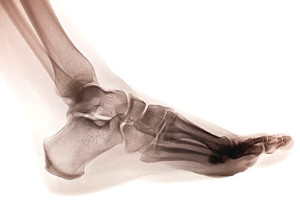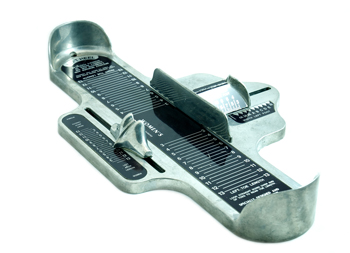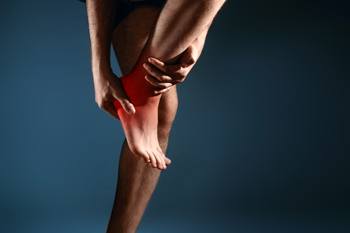Testimonials
John Addeo
One of a very few of Medical Offices I go to where my Appointment time is when the Doctor SEES me. The Very efficient and professional staff is kind, welcoming and very helpful. Dr. Dupont treats you as a valued customer, as he is extremely though, asking all the right questions, with easy to understand answers. He is committed to explaining what, why, and how long each step of his treatment will take and its part in the total treatment.
A visit to Dr DuPont’s is an Excellent experience by an excellent practitioner with a terrific staff.
Wendy Grahman
My husband Richard and I have been seeing Dr. DuPont for the past several years. We see him for periodic nail care and he attends to any other foot problems we have.
He is professional, efficient and personable. His office is always very clean and the staff is helpful and friendly. I heartily recommend Dr. DuPont to anyone seeking podiatric care.
Ann Shrum
I've been a patient of Dr. Dupont's since he began his practice here in Sonoma at Golden Gate Foot & Ankle on 1st St W. I had bunion surgery on my left foot and it went beautifully. He is professional, pleasant, and very responsive to discuss any concerns with my feet and ankles. His office personnel are so good at working with you on your appointments (which I've needed to get in sooner a couple of times), and treat their patients with great respect. They are always pleasant, and the office is open and welcoming. I highly recommend his practice and have to several friends that are now his patients.
Lynnette Bourne
Dr. Dupont was very helpful with my recent foot pain due to a probable neuroma. I went in to the office having a lot of difficulty walking because of the foot pain and left pain free after treatment. He was good at explaining why I had the condition, options and treatment. He is professional and friendly.
Tanya Marsh
I walked into his office fighting back tears because my feet were hurting me so terribly, every step had become an effort. By the time I left his office 30 minutes later, the pain that had bothered me for years had been resolved and has not returned. Within minutes of looking at the issues with my feet, Dr. Dupont accurately diagnosed, treated and bandaged the painful spots that I had been dealing with. My primary care Dr had treated me, but without any success and my dermatologist completely misdiagnosed, offering no support. This left me extremely discouraged and I struggled for many months before discovering Dr. Dupont.
Sandy Pollack
Choosing Dr. Dupont for your footcare is a step in the right direction. He is very knowledgeable, on time with appointments, has a very courteous staff, and has a terrific, easy-going, friendly manner. Thank you Dr. D for your expert care!
Randy Cook
I trust Dr. Dupont. He listens well, asks good questions, helps me understand my condition and my options. Just what I want in a podiatrist! (And my feet think so too!)
Stephanie Hamilton
I recently had hammertoe surgery performed by Dr. DuPont. I am sorry I waited so long. I had excellent care from Dr. DuPont and I am so happy with the results,.
Dun W
Dr. Dupont was great. Saw him for ingrown toenail service. it was literally painless. great job!
Tobin Hansen
Brett is very professionally qualified and shows a caring manner to his patients
Amelia Morgan
Dr. Dupont to care of my dad. He had bunion surgery with excellent results.
Skip Wangbickler
A most pleasant experience.






